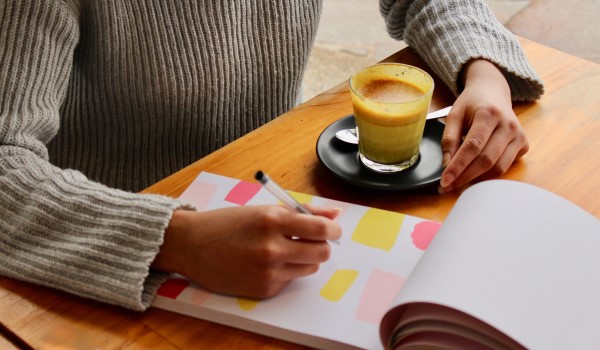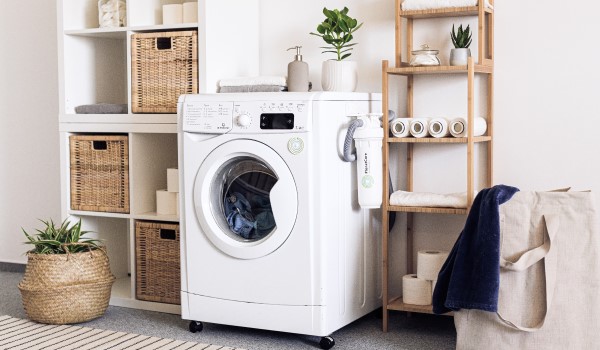Buying your first home can seem daunting but we’re here to help with a selection of handy guides on saving your deposit, busting mortgage jargon and explaining the different types of mortgages. Remember, Beehive helps you afford the things that matter.
Here’s a simplified guide with nine steps to take to get you onto the property ladder. Take each step at a time and you’ll get there when you’re ready.
1. Work out if you can afford to buy a house
Before even thinking about buying a house you’ll need to know whether you can afford to pay for the day to day running of it such as your bills, council tax, utilities and of course, your mortgage payments. Don’t forget about groceries and your personal bills such as gym memberships and phone bills too.
To find out your disposable income, simply take away all of your current bills and outgoings from your incoming salary or wages and you’re left with an amount of money that’s yours to spend and save. If you’re renting, you’ll have an idea of monthly living costs but if you aren’t paying for rent or utilities, speak to someone who is to get an idea of costs. We’ve got a super handy downloadable budget planner which can be useful when writing it all down.
Once you’re confident that you’ve got enough income to support yourself in a house, it’s time to think about saving your deposit, finding a house and getting a mortgage!
2. Start saving
If you’re confident that you’ll be able to financially run a house, then it’s time to look at saving for a deposit. You’ll need a deposit of at least 5%-10% of the value of the property that you’re looking to buy. This’ll be something like £15,000 if you’re aiming for 10% of £150,000.
The size of your deposit will hugely depend on these factors:
- Where you want to live (and therefore the cost of houses in your region and specific area).
- The size of property you’re wanting to buy (a 3-bedroom house is usually more expensive than a 2 bedroom one).
Don’t forget about the other costs that you’ll also have to pay before you even get the keys like:
- Solicitor’s fees.
- Mortgage arrangement fees.
- Valuation and survey fees.
- Stamp duty.
Then, it’s time to think about starting your new life with
- Moving costs.
- Furnishings and appliances.
- Decorating costs.
- The monthly bills we mentioned at the start of the article.
For a helping hand with your deposit, the Lifetime ISA could really boost your total house deposit if you’re aged between 18 and 39 and are a first-time buyer*. Each tax year you can save a maximum of £4,000 and you’ll get a 25% Government bonus of up to £1,000.
Once you have used your LISA savings for a first home purchase you can still save in the account for your retirement, and you can earn the bonus every tax year until your 50th birthday. You can withdraw from a Lifetime ISA at age 60 and your savings will also accrue interest for the entire time that you have savings in your account.
You must have your LISA for 12 months before you use it without having to pay a 25% Government charge and you could also have to pay the same charge if you withdraw for another reason other than a first home or retirement. Any other withdrawals made from your LISA will incur a 25% Government charge which means you could unfortunately get back less than you paid in.
Finally, Lifetime ISAs are tax-free savings accounts. It’s simple, really: with this account you won’t have to pay tax on the interest you earn.
3. Choose the right mortgage
Getting the right mortgage advice is essential, especially if you’re a first-time buyer and you’re not sure where to start. You can go to your bank or building society who will offer you their own mortgages or you can go to a mortgage adviser who will look at lots of different mortgage lenders and find the one that best suits your needs.
4. Get an Agreement in Principle
Once you’ve had a chat with your mortgage adviser and together you’ve worked out how much you can afford, the lender you choose will be able to give you an ‘Agreement in Principle’ certificate (AIP). This shows estate agents and the people whose house you are interested in that you’re serious about buying.
5. Make an offer
When you’ve found your dream home you can make an initial offer through the estate agent who will put it to the vendor on your behalf.
6. Make a full mortgage application
Once your offer has been accepted, you’ll need to complete your mortgage application. This will involve credit checks on you and a partner if it’s a joint application. Your mortgage lender will also need proof of things such as identity, income, and current address.
- Read more about credit scores in our guide.
- Check out our partner CreditLadder if you've always wished that your rent payments were considered when credit referencing agencies look at your credit position. CreditLadder could help with their rent reporting service, accessed via Beehive. Bear in mind that it can take 6 months to a year to really see the benefit of rent reporting on your credit position.
Your lender will also need to check that the house you want to buy is worth what you’ve offered for it and doesn’t have any major problems such as subsidence or dry rot. The lender will arrange a survey for you called a Mortgage Valuation Report (MVR). You could choose to organise an additional survey if you wanted to. There are two options you can go for, a home buyer's report or a detailed building survey. Both can also be arranged by your lender will be an additional cost which you’ll pay to your solicitor.
7. Find the right conveyancer
Speaking of which, you’ll need to instruct a conveyancer throughout the process. You need to be certain that all the legal paperwork is done properly and for this you’ll need a solicitor or licensed conveyancer.
Here at Beehive, we can help you to find the right one via our trusted partner Optimus and their game-changing conveyancing service which includes in-app case tracking provided directly from the firm you choose.
With Optimus, you can access the right solicitor for your case from a handpicked selection based on your personal criteria, all at a fair price. Plus, their award-winning legal services aren't location based. This means you can choose whichever solicitor you think is right without worrying about having to deliver things in person. Finally, their approach is "no move, no legal fees" which means that you won't have to pay for the conveyancing if you don't move but bear in mind that you may have to pay for costs that have already been incurred, such as searches that have already been instructed.
To access conveyancing from Optimus, email beehiveconveyancing@optimus-move.co.uk or call 0330 0366 393.
8. Exchange contracts
Once you have your mortgage offer in place and your solicitor has confirmed that all the checks have been made, then you can go ahead and ‘exchange’ contracts. This means you sign a contract legally committing you to buying the property, pay your deposit and agree a completion date. It’s worth noting that if you decide to pull out of the purchase at this point, you could lose your deposit that you’ve worked so hard to save up.
Using a Lifetime ISA to buy your first home? You’ll have to factor in withdrawing from the account for your purchase before you exchange as you will be using your savings for the deposit. This can take up to 30 days from when the conveyancer notifies the Lifetime ISA provider that the funds are being withdrawn.
9. Complete
Your ‘completion day’ is the day when the money is transferred from your mortgage provider to the seller. Your solicitor will organise this for you and then all you have to do is collect your keys and start the next stage of your life!









